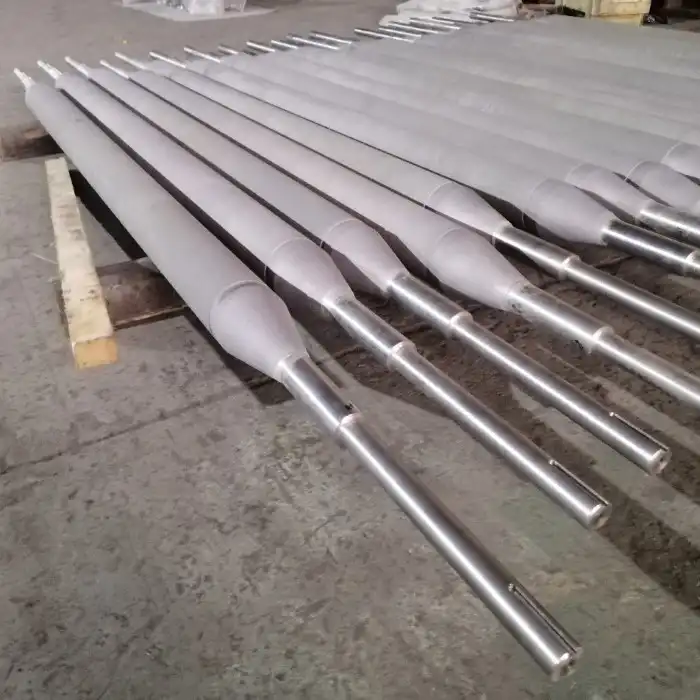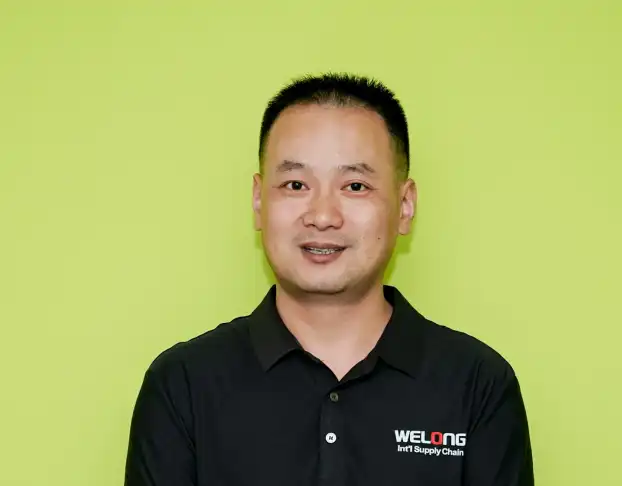Energy Efficiency and Emissions Reduction in Furnace Roll Applications
Optimizing Thermal Performance for Reduced Energy Consumption
One of the primary environmental considerations when using furnace rolls is energy efficiency. These components play a significant role in heat transfer within industrial furnaces, and their design can greatly impact overall energy consumption. Advanced materials and surface treatments can enhance the thermal performance of furnace rolls, allowing for more efficient heat distribution and reduced energy requirements. For instance, ceramic coatings applied to metal furnace rolls can improve heat resistance and reduce thermal losses, leading to substantial energy savings over time.
Minimizing Greenhouse Gas Emissions Through Improved Furnace Roll Design
The operation of industrial furnaces contributes significantly to greenhouse gas emissions. By optimizing furnace roll design and materials, it's possible to reduce these emissions substantially. High-quality furnace rolls made from advanced alloys can withstand higher temperatures, allowing for more efficient combustion processes and reduced fuel consumption. This not only lowers operational costs but also minimizes the carbon footprint of industrial heating processes. Additionally, implementing smart control systems that monitor and adjust furnace roll performance can further optimize energy use and reduce unnecessary emissions.
Implementing Waste Heat Recovery Systems in Conjunction with Furnace Rolls
Another environmental consideration is the potential for waste heat recovery. Furnace rolls, due to their exposure to high temperatures, can be integrated into heat recovery systems. By capturing and repurposing the excess heat from furnace operations, industries can significantly improve their overall energy efficiency. This recovered heat can be used for preheating materials, powering other processes, or even generating electricity, thereby reducing the facility's overall energy demand and associated environmental impact.
Material Selection and Lifecycle Analysis for Sustainable Furnace Roll Usage
Choosing Environmentally Friendly Materials for Furnace Roll Construction
The selection of materials for furnace rolls has significant environmental implications. Traditional materials like high-chromium steel or nickel-based alloys, while effective, can have substantial environmental impacts during production and disposal. Newer, more sustainable alternatives are being developed, such as advanced ceramics or composite materials, which offer similar or superior performance with a lower environmental footprint. These materials often require less energy to produce and can be more readily recycled at the end of their lifecycle.
Conducting Comprehensive Lifecycle Assessments for Furnace Rolls
To truly understand the environmental impact of furnace rolls, it's essential to conduct thorough lifecycle assessments. This involves analyzing every stage of a furnace roll's life, from raw material extraction and manufacturing to use and eventual disposal or recycling. Such assessments can reveal unexpected environmental hotspots and guide decisions on material selection, design improvements, and end-of-life strategies. For instance, a material that requires more energy to produce might still be preferable if it significantly extends the operational life of the furnace roll, reducing the frequency of replacements and associated environmental costs.
Exploring Recycling and Upcycling Options for Used Furnace Rolls
The end-of-life phase of furnace rolls presents both challenges and opportunities from an environmental perspective. Many of the materials used in furnace rolls, particularly metals and certain ceramics, are recyclable. Implementing effective recycling programs can significantly reduce the need for virgin materials and the associated environmental impacts of their extraction and processing. Moreover, some components of used furnace rolls may be suitable for upcycling into other industrial applications, further extending their useful life and reducing waste.
Innovative Technologies and Best Practices for Environmentally Friendly Furnace Roll Operations
Implementing Advanced Monitoring and Control Systems for Furnace Rolls
Technological advancements in monitoring and control systems offer significant potential for improving the environmental performance of furnace roll operations. Smart sensors and real-time data analytics can provide precise information on furnace roll conditions, allowing for optimized operation and maintenance. This can lead to reduced energy consumption, extended equipment life, and minimized waste. For example, predictive maintenance algorithms can identify potential issues before they lead to catastrophic failures, preventing unplanned shutdowns and the associated energy waste and emissions from restart procedures.
Developing Eco-friendly Coatings and Surface Treatments for Furnace Rolls
Innovative coatings and surface treatments represent another frontier in environmentally friendly furnace roll technology. These advancements can significantly enhance the performance and longevity of furnace rolls while reducing their environmental impact. For instance, nano-engineered coatings can improve wear resistance and thermal properties, leading to longer service life and reduced material consumption. Some cutting-edge coatings even have self-cleaning properties, reducing the need for harsh chemical cleaning processes and minimizing maintenance-related environmental impacts.
Adopting Circular Economy Principles in Furnace Roll Management
Embracing circular economy principles in the management of furnace rolls can lead to substantial environmental benefits. This approach involves designing furnace rolls for easy disassembly and material recovery, implementing leasing or service-based business models that incentivize longevity and efficient use, and creating closed-loop systems for material recirculation. By shifting from a linear "take-make-dispose" model to a circular approach, industries can significantly reduce their environmental footprint while potentially uncovering new economic opportunities.
In conclusion, the environmental considerations for using furnace rolls are multifaceted and complex. From energy efficiency and emissions reduction to material selection and lifecycle management, there are numerous opportunities to enhance the sustainability of furnace roll applications. By adopting innovative technologies, implementing best practices, and embracing a holistic view of environmental impact, industries can significantly reduce the ecological footprint of their furnace operations. As we move towards a more sustainable industrial future, the thoughtful consideration and management of furnace rolls will play a crucial role in balancing productivity with environmental stewardship. For more information on sustainable furnace roll solutions and expert guidance on optimizing your industrial processes, please contact us at info@welongpost.com.




